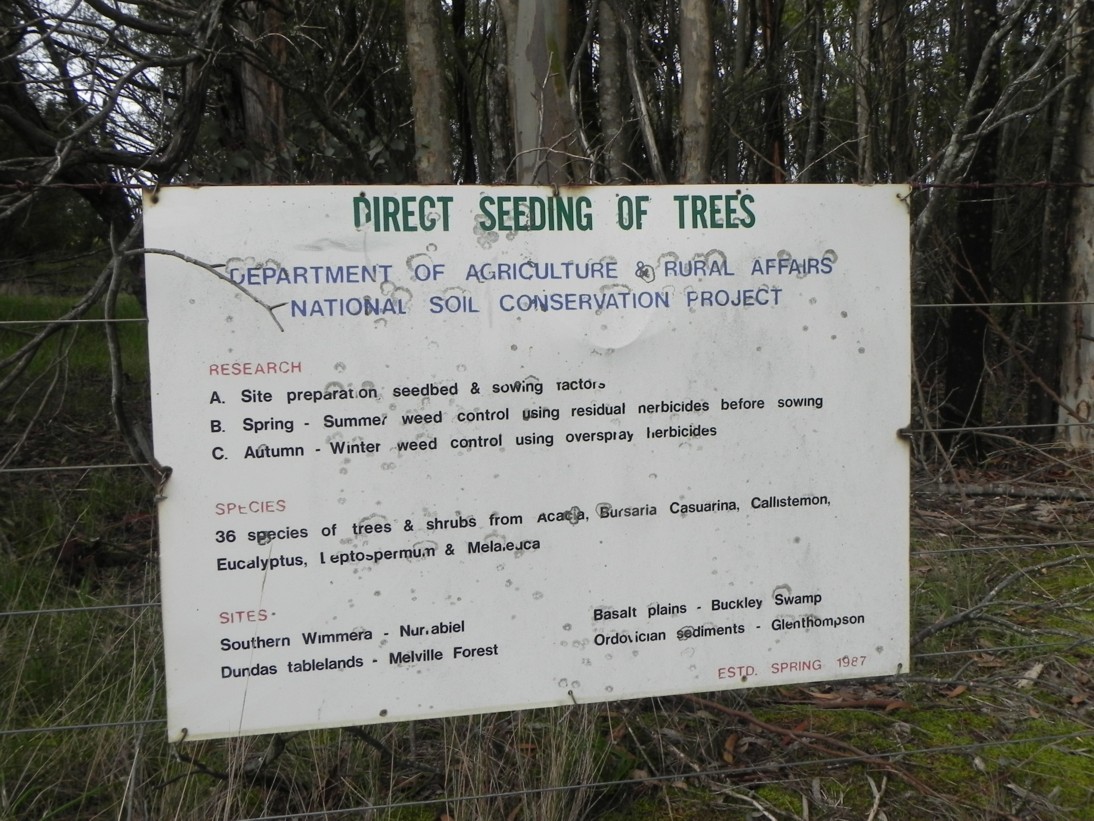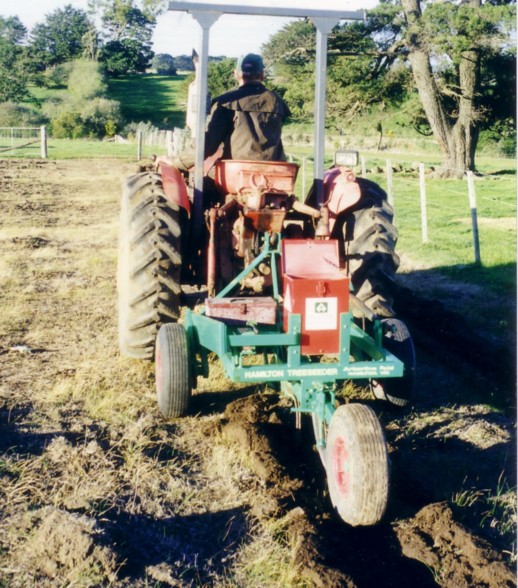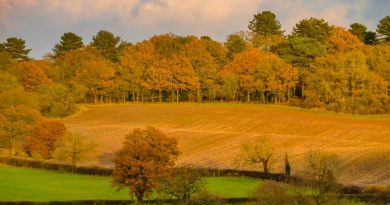Direct tree seeding project is back to the 1990’s
By Patrick Francis
Funding a landcare group project in 2013 to direct seed native shelterbelts and make a video of the process is a good example of the funding merry-go-round taking place under the Caring for Our Country and the National Landcare Program. The mouldboard plowing method portrayed in the video is the one advocated by the business used to run the trial seeding. It’s a technique that’s been used by some farmers for decades and received considerable attention amongst Potter Farm Plan participants in the 1980’s.

But it’s an expensive and far more labour intensive technique than direct seeding using single furrow planting machines such as the Hamilton Tree Seeder (entered by Keith Cumming in the 1992 Sheepvention farm inventors competition) and the Eco Seeder (designed by Richard Weatherly a Mortlake farmer in the late 1980 and commercialised in the early 1990’s). What’s even more exasperating about this funded trial is fact that its run in south Western Victoria the CMA region which is the birthplace of the Hamilton and Eco Seeders ,the Potter Farms, and the former Pastoral Research Institute where some research staff began direct seeding trials in the 1980’s. Even the company “Direct Seed” used to conduct the trial states on its web sites that direct seeding has been used in south west Victoria for the last two decades.

The Basalt to Bay landcare Network received funds from the Victorian Landcare Grants administered by the Glenelg Hopkins CMA in 2013 to provide information to local landholders about direct seeding. The basis of the Networks argument for the project was described in a media release as: “I looked on You Tube to find footage of direct seeding in our landscape but there was nothing to show how it is done. We’re trying to fill a gap in knowledge.”
Given the amount of direct seeding experience amongst farmers in south western Victoria is enormous, direct seeded plantations are common through the landscape, and advisors exist to explain and even undertake direct seeding, surely more funding is not needed for a video. Instead the Network could have provided references to literature on direct seeding, names of people with direct seeding machines (Greening Australia loans one to farmers) and run a farm walk at some new and long established direct seeding sites.
With the new approach being advocated by the author, National Landcare Program funding should be re-directed away from repetitive projects towards stewardship support to farmers who have devoted their private land to conservation via direct seeding, tubestock planting and protected natural regeneration over the past 20 – 30 years. Such an approach would provide a catalyst for farmers yet to take such action to seek existing knowledge about how to do it and then implement that knowledge.
This is just one example amongst thousands of unnecessary projects being funded to repetitively demonstrate on farm methods and management which have been operating for up to two decade and in some cases even longer, to improve ecosystem services.

